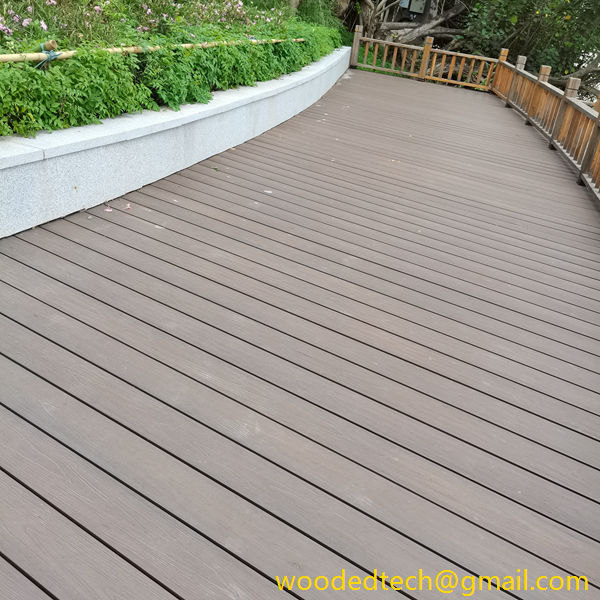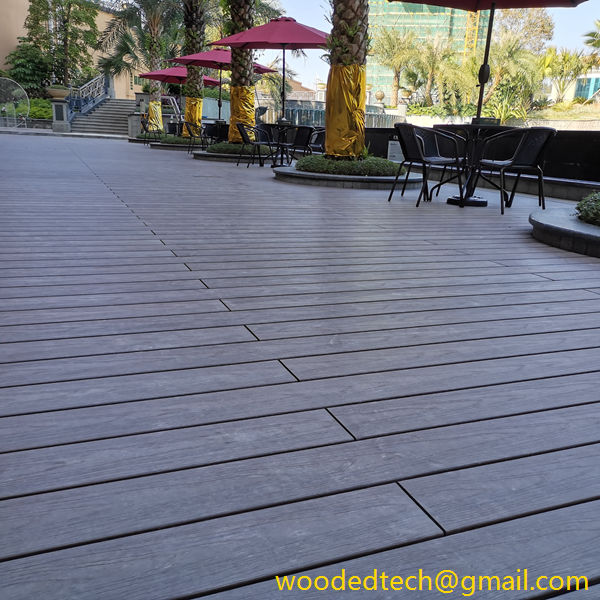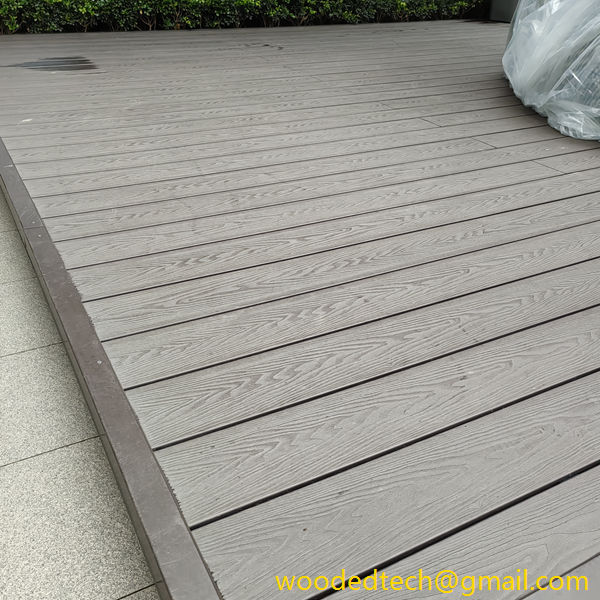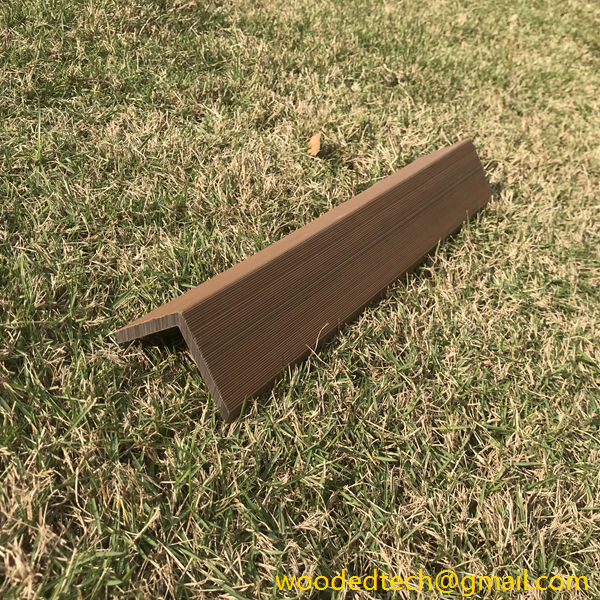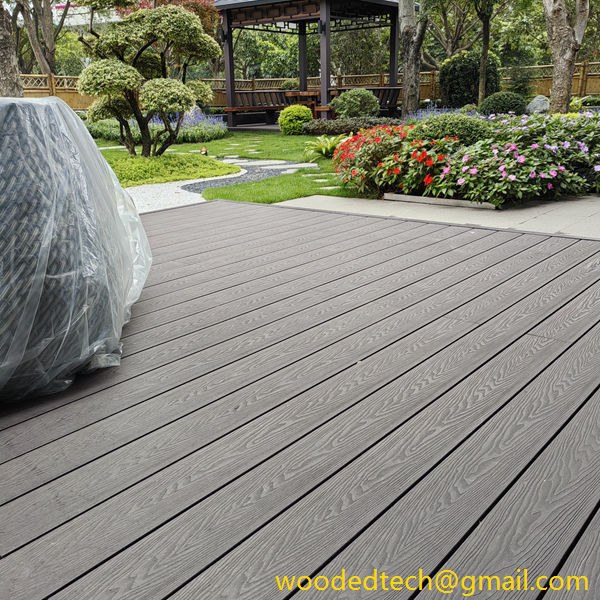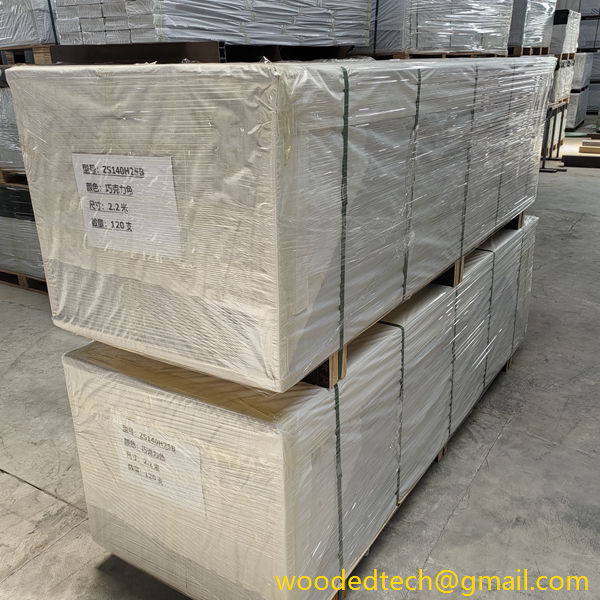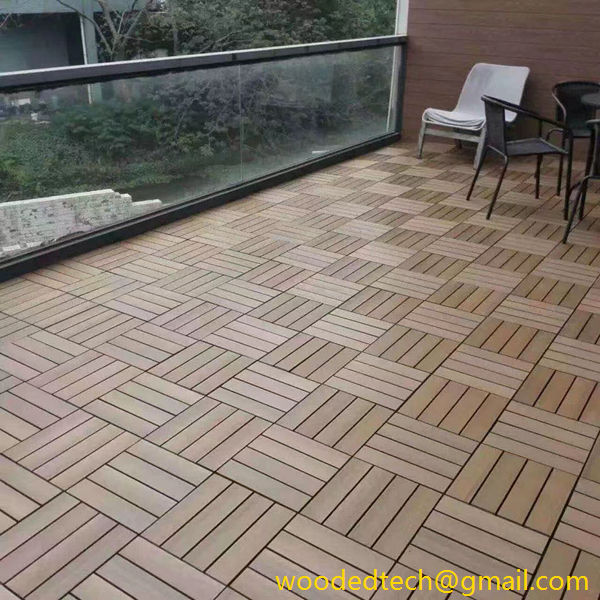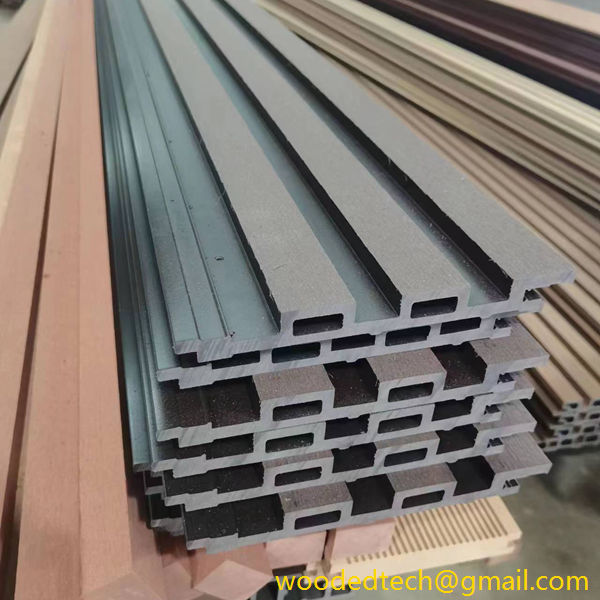HDPE Composite Lumber: Understanding the Advantages of HDPE Composite Lumber in Construction
HDPE Composite Lumber: Understanding the Advantages of HDPE Composite Lumber in Construction HDPE composite lumber has gained significant traction in the construction industry, becoming a preferred choice for various applications. This innovative building material, composed of high-density polyethylene (HDPE) and wood fibers, offers numerous advantages that set it apart from traditional lumber and other synthetic…
HDPE Composite Lumber: Understanding the Advantages of HDPE Composite Lumber in Construction
HDPE composite lumber has gained significant traction in the construction industry, becoming a preferred choice for various applications. This innovative building material, composed of high-density polyethylene (HDPE) and wood fibers, offers numerous advantages that set it apart from traditional lumber and other synthetic alternatives. Understanding the benefits of HDPE composite lumber is essential for builders, architects, and homeowners looking to make informed decisions in their construction projects.
One of the most striking advantages of HDPE composite lumber is its durability. Unlike traditional wood, which is susceptible to rot, decay, and insect infestations, HDPE composite lumber is engineered to withstand the elements. Its resistance to moisture makes it an excellent choice for outdoor applications, such as decking, fencing, and landscaping. This durability translates into a longer lifespan for structures built with HDPE composite lumber, reducing the need for frequent replacements and repairs.
Furthermore, HDPE composite lumber is an environmentally friendly option. The production process often incorporates recycled materials, including post-consumer plastics and reclaimed wood fibers. By utilizing these materials, HDPE composite lumber helps divert waste from landfills and reduces the demand for virgin timber. This sustainability aspect is increasingly appealing to environmentally conscious consumers and builders who prioritize green building practices.
Another significant advantage of HDPE composite lumber is its low maintenance requirements. Traditional wood often necessitates regular treatments with stains, sealants, and preservatives to protect against weathering and pests. In contrast, HDPE composite lumber does not require such intensive upkeep. It is resistant to fading, staining, and scratching, allowing it to maintain its appearance with minimal effort. Routine cleaning with soap and water is typically all that is needed to keep it looking new, making it a convenient choice for busy homeowners and builders.
In addition to its maintenance benefits, HDPE composite lumber also offers aesthetic versatility. Available in a wide range of colors, textures, and finishes, it can mimic the appearance of traditional wood while providing the advantages of synthetic materials. This versatility allows architects and designers to create visually appealing structures that meet aesthetic preferences without sacrificing performance. Whether for residential decks, commercial boardwalks, or garden furniture, HDPE composite lumber can be tailored to suit various design styles.
Moreover, the safety features of HDPE composite lumber are worth noting. Many HDPE composite products are designed to be slip-resistant, making them ideal for use in wet areas or around pools. This characteristic is particularly important for families with children or elderly individuals, as it helps prevent accidents and injuries. Additionally, HDPE composite lumber does not splinter like traditional wood, further enhancing safety for those who use it.
Cost-effectiveness is another compelling reason to consider HDPE composite lumber in construction projects. While the initial investment may be higher than that of traditional wood, the long-term savings associated with durability and low maintenance can offset these costs. Homeowners and builders can benefit from reduced repair and replacement expenses over time. Furthermore, the longevity and resilience of HDPE composite lumber contribute to a lower overall environmental impact, making it an economically sound choice in the context of sustainability.
Another important aspect of HDPE composite lumber is its resistance to UV rays. Unlike some traditional woods that can warp or fade when exposed to sunlight, HDPE composite materials are engineered to withstand UV radiation. This feature not only helps maintain the aesthetic appeal of the material but also enhances its structural integrity over time. Builders and homeowners can rest assured that their investments will endure the test of time, even in regions with intense sunlight.
The versatility of HDPE composite lumber extends beyond conventional applications. It can be used in various construction projects, including residential, commercial, and industrial settings. From outdoor decking and railing systems to picnic tables and boardwalks, HDPE composite lumber provides a reliable and attractive solution for diverse needs. Its adaptability makes it a favored choice among builders who seek materials that can perform well in various environments.
In conclusion, HDPE composite lumber represents a forward-thinking solution for modern construction needs. Its durability, low maintenance requirements, aesthetic versatility, safety features, cost-effectiveness, and environmental benefits make it a compelling alternative to traditional wood and other synthetic materials. As more builders and homeowners recognize the advantages of HDPE composite lumber, its popularity in the construction industry is likely to continue growing. By embracing this innovative material, stakeholders can contribute to a more sustainable and efficient construction landscape, paving the way for a future that prioritizes both performance and environmental responsibility.

